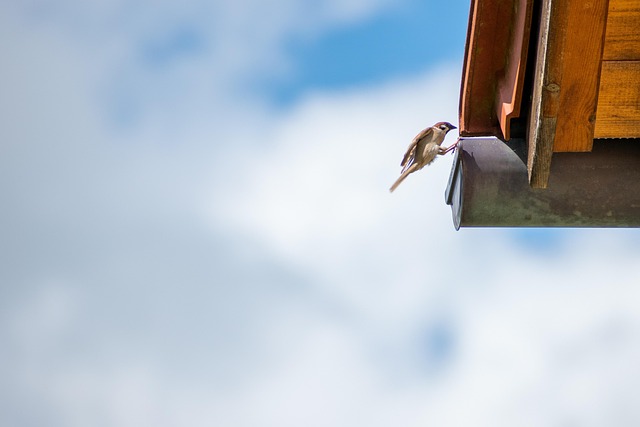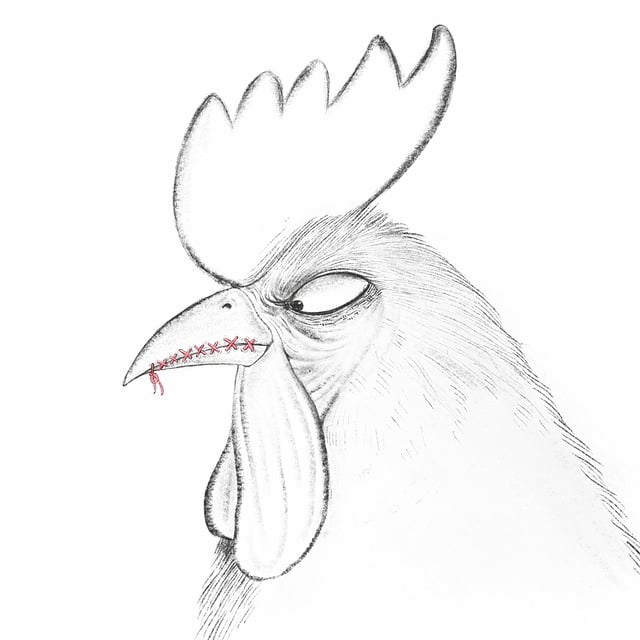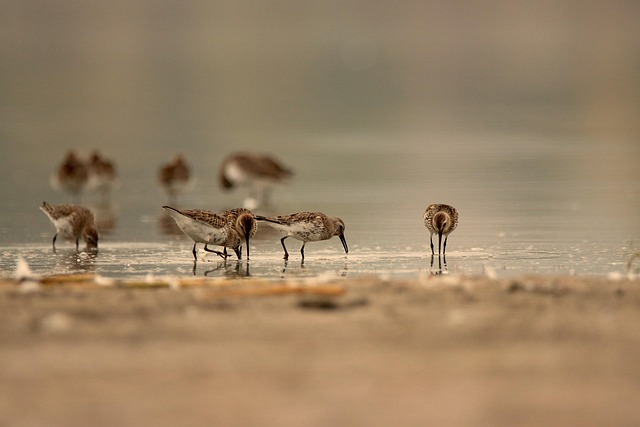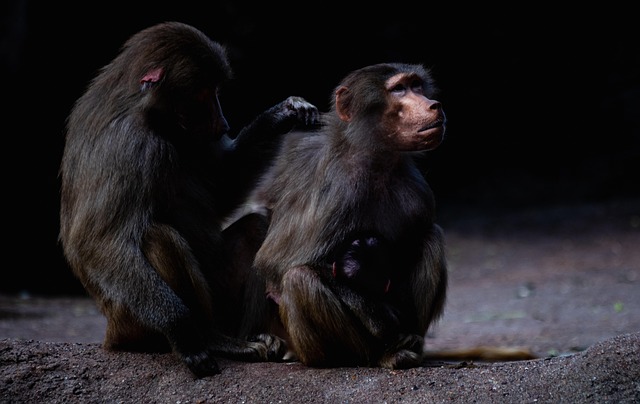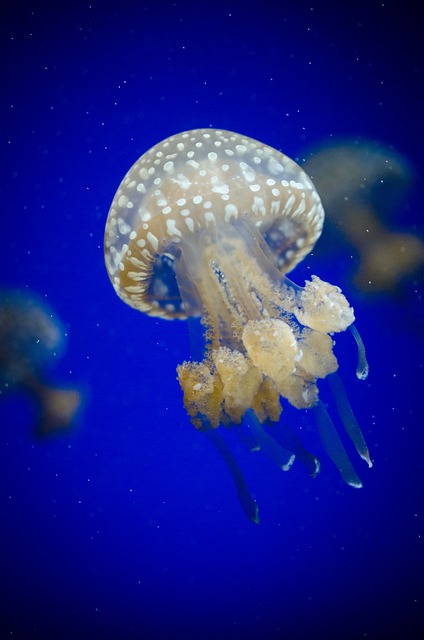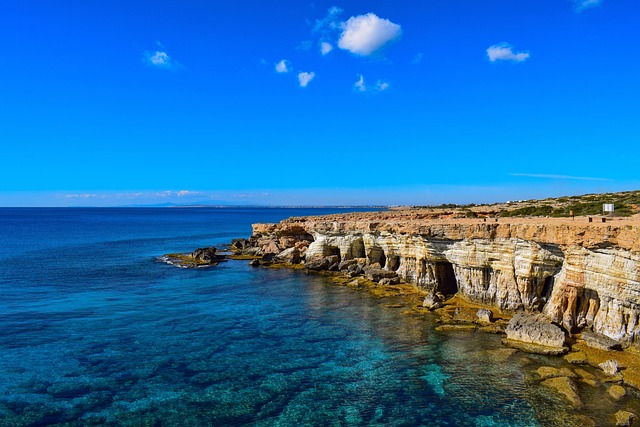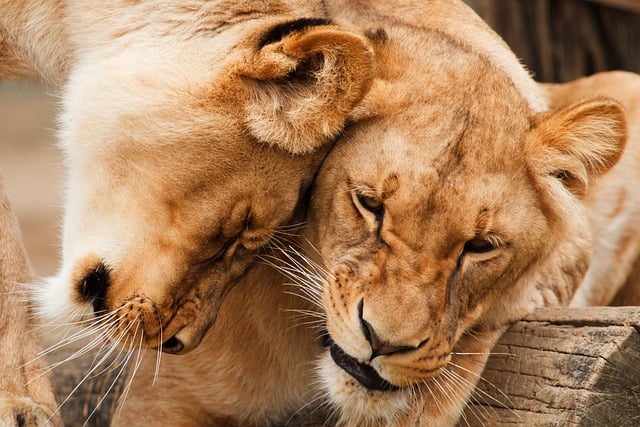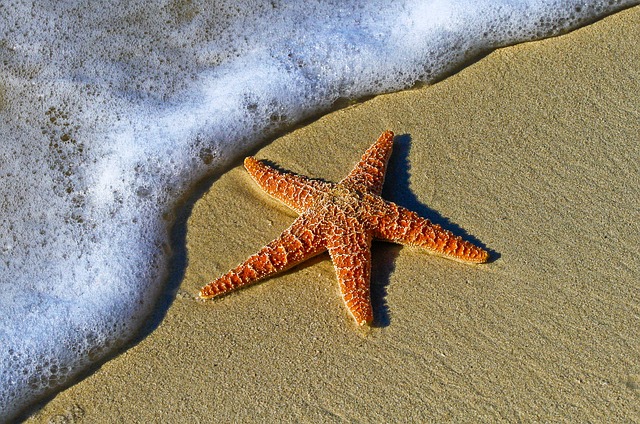The Sea Lion Caves in Oregon, a natural wonder revered by indigenous peoples for centuries, have transformed from a local secret into a global tourist attraction. These caves, with their dramatic setting and abundant marine life, highlight the state's rich coastal ecosystem. Through conservation efforts and sustainable practices, the caves have become a thriving habitat while also serving as an educational hub through the Sea Lion Caves Visitor Center. As a significant economic driver and cultural landmark, the caves must balance tourism with environmental protection to safeguard Oregon's unique marine life for future visitors.
“Unveiling the enchanting Sea Lion Caves, a natural wonder nestled in Oregon’s coastal landscape, offers a captivating journey through time and conservation efforts. This article explores the historical evolution of the attraction, from its early indigenous discoveries to its current status as a tourist hotspot. We delve into the cultural significance of these caves, the impact of conservation initiatives on protecting Oregon’s marine life, and the architectural marvels that now house this unique ecosystem. Additionally, we examine the economic boost it provides locally and the future challenges in preserving this precious natural heritage.”
- Early Discoveries and Cultural Significance of Sea Lion Caves in Oregon
- Evolution of the Sea Lion Caves Attraction: From Local Curiosity to Touristic Hotspot
- The Role of Conservation Efforts in Protecting Oregon's Marine Life within the Caves
- Architectural Wonders: Construction and Design of the Sea Lion Caves Visitor Center
- Economic Impact and Community Engagement: Sea Lion Caves' Contribution to Local Economy
- Future Prospects and Challenges for Preserving Oregon Marine Life at Sea Lion Caves
Early Discoveries and Cultural Significance of Sea Lion Caves in Oregon
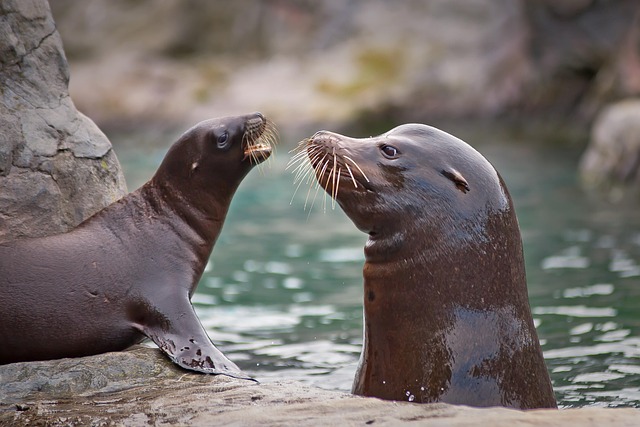
In the rugged coastline of Oregon, Sea Lion Caves stand as a remarkable natural wonder that has captivated visitors for centuries. Early European explorers and indigenous peoples were among the first to discover these caves, which are nestled within the lush forests and dramatic sea cliffs. The indigenous tribes, such as the Makah and Salish, held these caves in high cultural significance, often incorporating them into their oral traditions and ceremonies. They revered the caves as sacred sites, connecting the underground chambers with spiritual worlds and the mysteries of the ocean.
The caves’ unique location along Oregon’s coast made them a hub for observing the region’s diverse marine life. Over time, these natural formations became a draw for tourists interested in exploring the underwater caverns and the diverse species that inhabit them. The early discoveries of sea lion populations within the caves contributed to their name and significance, as they became a focal point for researchers and nature enthusiasts alike, further emphasizing Oregon’s rich marine life.
Evolution of the Sea Lion Caves Attraction: From Local Curiosity to Touristic Hotspot
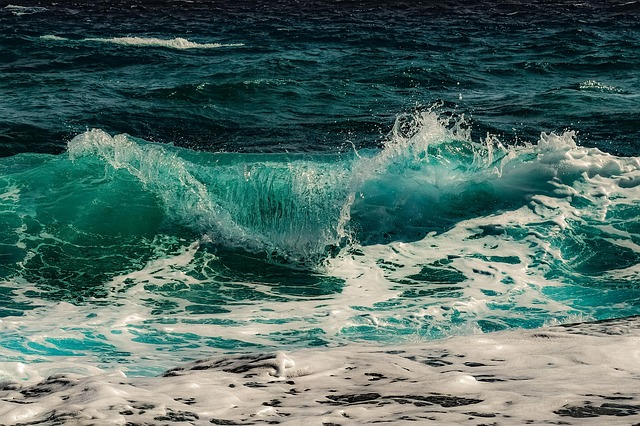
The Sea Lion Caves, nestled along the rugged coast of Oregon, have evolved from a local curiosity into a thriving touristic hotspot. Originally, these natural sea caves were known to only a few locals who discovered their existence hidden beneath the dramatic cliffs. Over time, word spread about this unique piece of Oregon marine life, attracting visitors seeking to explore the mysterious depths.
What started as a casual fascination quickly grew into an organized attraction. The early tours, often led by local fishermen or cave enthusiasts, provided visitors with insights into the caves’ geological formation and the rich history of the area. As demand increased, the Sea Lion Caves underwent modernization, enhancing accessibility while preserving their natural beauty. Today, it stands as a prime example of how Oregon’s stunning coastal landscape can transform into a captivating destination for travelers from around the world.
The Role of Conservation Efforts in Protecting Oregon's Marine Life within the Caves

The Sea Lion Caves in Oregon have long been a unique attraction, but their existence is intrinsically linked to the health and conservation of the state’s marine life. Over time, various conservation efforts have played a crucial role in protecting the delicate ecosystem within these caves. One significant aspect is the regulation and monitoring of human activity to ensure minimal disruption to the sea lions and other marine species that call these caves home.
Conservationists and local organizations have worked tirelessly to raise awareness about the importance of preserving Oregon’s marine life. This includes educational initiatives aimed at visitors and residents alike, promoting sustainable practices near the caves to reduce pollution and habitat destruction. By implementing these measures, the caves can continue to thrive as a natural wonder while also serving as a sanctuary for Oregon’s diverse marine population.
Architectural Wonders: Construction and Design of the Sea Lion Caves Visitor Center
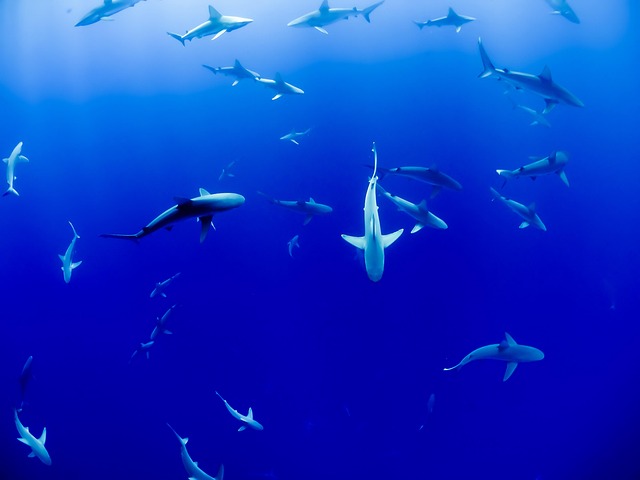
The Sea Lion Caves Visitor Center stands as a remarkable architectural marvel, seamlessly blending functionality with natural beauty, much like the Oregon marine life it showcases. Its construction aimed to create an immersive experience while preserving the caves’ ecological integrity. The design incorporates local materials, reflecting the region’s rich natural heritage, and features innovative engineering solutions that ensure visitor safety without disturbing the delicate cave ecosystem.
The center’s unique layout invites guests to explore the caves through a series of elevated walkways and viewing platforms, offering breathtaking perspectives of the sea lion colonies and the vast underground caverns. This thoughtful design allows visitors to appreciate the intricate formations and the dramatic landscape of Oregon’s marine life without causing environmental harm, showcasing a harmonious relationship between human curiosity and nature’s preservation.
Economic Impact and Community Engagement: Sea Lion Caves' Contribution to Local Economy
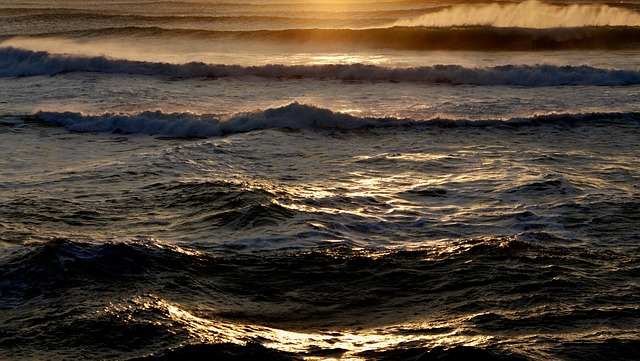
Sea Lion Caves, located in the scenic coastal region of Oregon, has become a significant attraction, contributing immensely to the local economy and fostering community engagement. The caves offer visitors a unique opportunity to observe and learn about Oregon marine life up close, bringing awareness and economic benefits to the surrounding communities. This natural wonder attracts tourists from far and wide, boosting the local tourism industry through increased visitor spending in nearby businesses, accommodations, and restaurants.
The attraction provides employment opportunities for residents, enhancing their standard of living. Tour guides, cave maintenance staff, and related services all contribute to a thriving local economy. Moreover, Sea Lion Caves often collaborates with community events and educational programs, promoting local culture and traditions while engaging both residents and visitors in the rich ecological heritage of Oregon marine life.
Future Prospects and Challenges for Preserving Oregon Marine Life at Sea Lion Caves
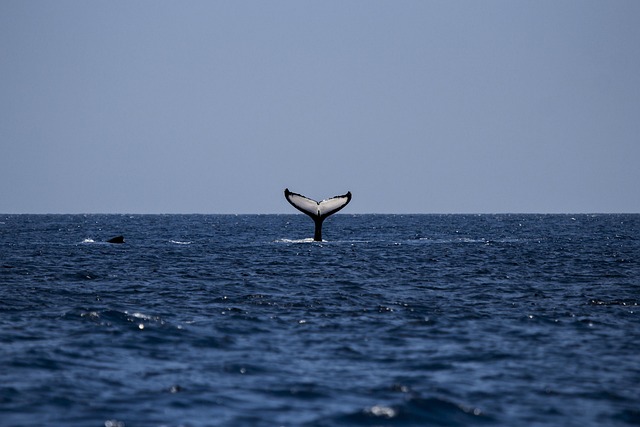
Looking ahead, the preservation of Oregon marine life around Sea Lion Caves faces both promising opportunities and significant challenges. One key prospect lies in advancements in conservation technologies and research methods, which can provide deeper insights into the ecological needs of sea lions and other marine species. By leveraging these innovations, conservation efforts can become more targeted and effective, addressing specific threats like pollution, habitat destruction, and overfishing.
Meanwhile, challenges remain substantial. The increasing human activity in coastal areas, including tourism and fishing, can put further strain on Oregon’s marine ecosystems. Balancing economic development with environmental protection is crucial to ensuring the long-term health of these environments. Continued public education and strict enforcement of conservation regulations will be essential to mitigate these threats and preserve the unique marine life that makes places like Sea Lion Caves so remarkable for future generations.


